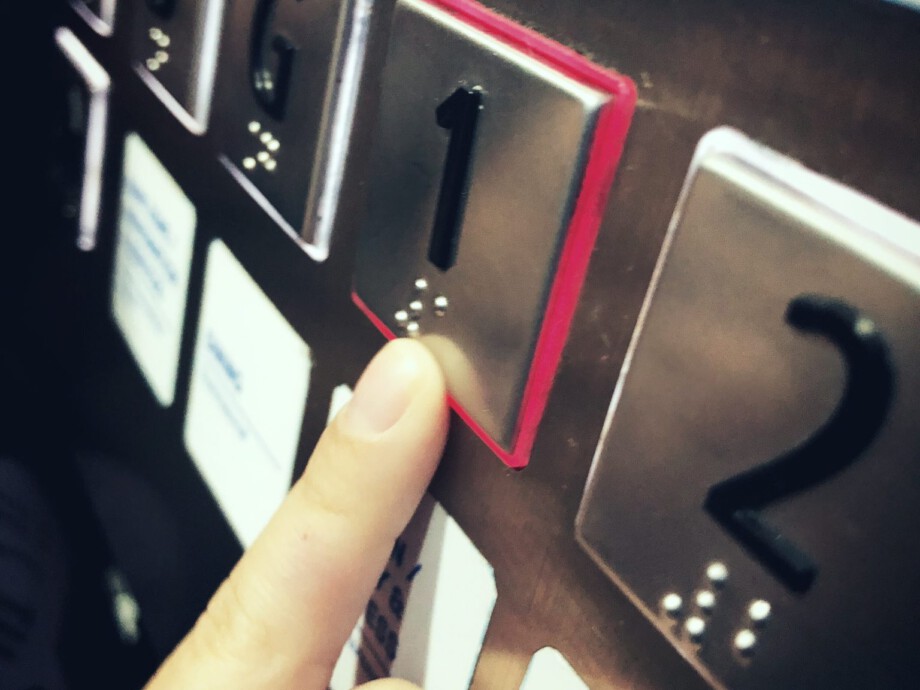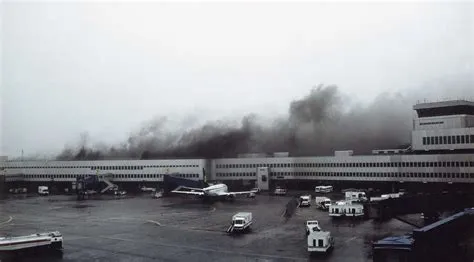Safety and Security the Scandinavian Way

Where the English language creates discussion and division, a single Scandinavian word looks at preventing and protecting people and property through a holistic lens.
In 1987, I had been in Norway for a decade when I began my career as a security guard in Norway’s leading five-star hotel. I knew very little about five-star hotels and even less about security. I had learned the Norwegian language though. When I wrote to my parents in Canada, I told them that I was a Security Officer but when I told my local friends about my new job, I was a “sikkerhetsvakt”.
And yes, I did have to learn how to spell it with lots of practice.
Our hotel was the company’s flagship. Except for an outlier in Kuwait, all our hotels were in Norway, Sweden, and Denmark. In 1988, the company held its first global gathering of security managers. One of the purposes of the conference was to launch our manual, and, since a security manager from Kuwait would attend, we needed to translate the manual into English.
As a native English speaker, I was given the task. I ran into trouble on the very first day. What was the appropriate title for our “sikkerhetsmanual”?
In those pre-Google, pre-internet days, I struggled to decide. In my Norwegian-English dictionary, the first word that appeared under “Sikkerhet” was “Safety”.
I looked up “safety” in an English dictionary and it said, “to protect from or be unlikely to cause danger, risk, or injury”. That was within our remit, but it didn’t cover the entirety of what our manual was about.
With the English dictionary still open at “S”, I flipped forward a few pages to check the definition of “Security”. It said, “being free from threat or danger”. Examples included measures taken to guard against crime.
That was also something we focused heavily on, so I took my English-Norwegian dictionary and looked up the Norwegian word for “Security”. It said, “Sikkerhet”.
In English, our “Sikkerhetsmanual” became the “Safety and Security Manual”.
As I advanced into a corporate role, my title became Director of Corporate Safety and Security and then Vice President Corporate Safety and Security. We never segregated the two into separate silos.
Many of my Chief Security Officer counterparts in other companies thought we were crazy. Some told me they stayed as far away from “safety” as possible.
While I agree that they can be different disciplines covering a broad range of topics some of which, especially on the safety side, are heavily regulated, if we look at the basic definitions of both point to a single objective: reducing the threat and risk of harm being done to people or property.
If we look at the basic definitions of safety and security – both point to a single objective: reducing the threat and risk of harm being done to people or property.
We often found that looking at things through a holistic lens made it easier for the non-security professionals leading our company and our hotels to understand the responsibility.
Instead of trying to explain the nuances between safety and security, we simplified the definitions. The role of guest and employee safety and security in hotels was to ensure that no one becomes ill, injured, or suffers a loss. Operationally, the role was to ensure the hotel operates at a minimum risk of disruption and that any interruption is limited in time and scope.
At Risk Resiliency, we take a similar holistic view of organizational resilience.
That includes the entire spectrum from identifying risks, recognizing and mitigating a potential threat, responding effectively should there be an incident, and ensuring a speedy return to business after an incident.
The Scandinavian countries use one word for safety and security. They often rank amongst the happiest, safest, most successful countries in the world. Maybe they’re on to something!
-

In the aftermath of the dramatic events that unfolded in Washington DC on January 6th, images emerged of unmasked, flag-waving guests in the public spaces in a hotel from a major chain. The hotel faced a backlash on social media, with postings accusing them of comforting persons who participated in the Capitol Hill protests, and […]
-

Organizing your resilience efforts around ten pillars and then assessing your efforts systematically will make sure your programs are achieving world-class results. Pillar 1: Threat and Intelligence Pillar 2: Program Design and Governance Pillar 3: Physical Security Pillar 4: Cyber Security and Crime Pillar 5: Incident Response Pillar 6: Crisis Management Pillar 7: Notification and […]
-

Overview On April 11th, 1996, 17 people lost their lives, and 72 people were seriously injured when welding works caused a fire in the arrivals hall of Düsseldorf Airport. This event had a large impact on hotel safety. Introduction No one could understand how that kind of disaster could happen. The investigation is well-publicized and […]
